In 2019, Ragoth Bala, an Indian student at the University of Chicago, struggled to prepare authentic, vegetarian Indian food for himself at home. So, in 2019, he teamed up with co-founders, to launch Cumin Club, a ready-to-eat meal service. The Cumin Club stands out for its quick, preservative-free, and authentic Indian dishes, expertly crafted with clean ingredients, using state-of-the-art freeze-drying technology.
(December 5, 2023) A record 2,68,923 Indian students went to the US in academic year 2022-23 making them the largest ethnic groups in the country. One such Indian student, Ragoth Bala, moved to Bentonville in Arkansas in 2012 after a consulting stint with Walmart in Bengaluru.
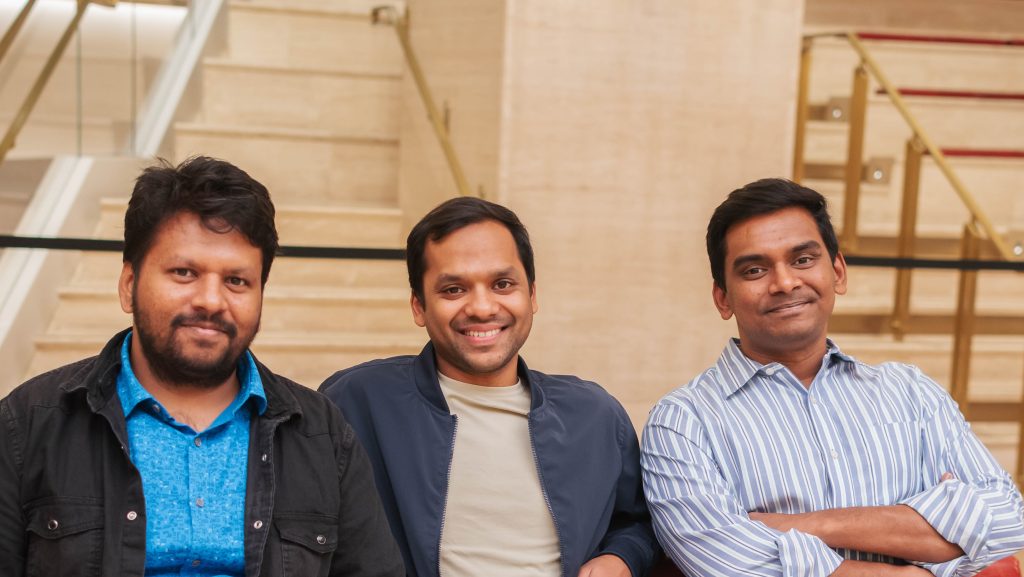
The co-founders of Cumin Club – (L-R) Kiru, Harish, Ragoth. Photo: Zenab Kashif
While studying at the University of Chicago, the Ragoth found it difficult to cook vegetarian food for himself after attending college and working. The 34-year-old tells Global Indian, “Growing up in Coimbatore, India, I didn’t have to worry about being a vegetarian; options were abundant. When I moved to the US, I struggled to eat right. The problem got worse when I started business school, working from 9 a.m. to 5 p.m. and going to school from 6 p.m. to 10 p.m. I would often eat cookies and chips, given the school cafeteria did not offer anything beyond lentil soup for vegetarian options.”
His mother, however, came to his rescue and sowed the seeds of his entrepreneurial venture. He smiles. “My mom decided to help me out by sending dry roasted ingredients from India, and all I had to do was add water and cook for 5 minutes. It was very different from packaged meals you’ll find at stores—it tasted fresh, did not have any preservatives, and best of all, my mom approved of it, so I knew it was good for me.”
Having studied the ready-to-eat food market, in 2019, the young entrepreneur launched The Cumin Club to provide meals that can be assembled within five minutes and are made with clean ingredients, minus any preservatives. He was soon joined by Kiru Rajagopal and Harish Visweswaran, with the trio succeeding in making their start-ups one of the hottest tickets in the culinary space.
A taste of home
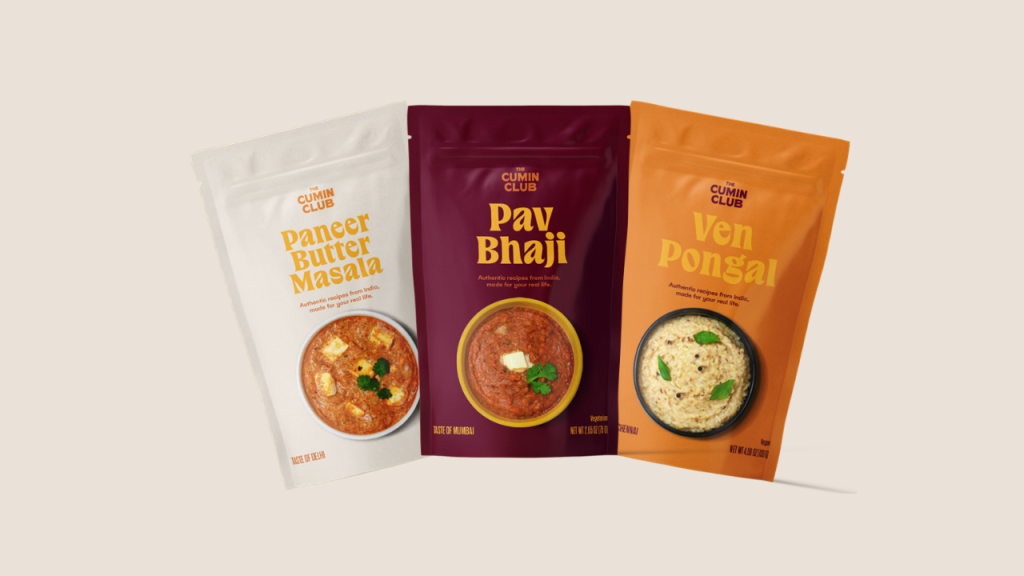
The Cumin Club started with ten recipes with dishes from Tamil Nadu and Maharashtra, with their initial bestsellers being Rava Kichadi, Pav Bhaji, and Sabudana Khichdi. Headquartered in Chicago, the start-up also operates an R&D and manufacturing facility in Coimbatore, Tamil Nadu. Their USP is that their dishes are made with clean ingredients, minus any preservatives.
“Our R&D centre in Coimbatore is a pioneer in using freeze-drying technology to preserve Indian food,” shares Ragoth. “We developed 40+ recipes over the last 4 years, and each recipe involves multiple iterations and experiments. We partnered with expert chefs from different parts of India in order to maintain the authenticity of each regional cuisine. Our proprietary recipes are prepared with fresh ingredients and preserved using state-of-the art freeze-drying technology. This allows us to serve authentic dishes without the need for high-heat processing, preservatives, gums, emulsifiers, or any kind of artificial additive.”
Today, the Cumin Club serves dishes from across several Indian states in their repertoire, with Paneer Butter Masala, Pav Bhaji, and Sambar Idly being the top three dishes.
Kiru notes, “Paneer Butter Masala is especially popular among non-Indian customers. We cater to a variety of taste preferences by clearly indicating the spice level of the dishes. Also, all our spices are procured from different regions of India, which makes our meal kits a fully authentic experience.”
Making it last
View this post on Instagram
The major issue with food kits on the market is the preservatives used. However, The Cumin Club has managed to achieve a shelf-life of up to 16 weeks in some dishes using an advanced technology called freeze drying. “The fact that we do not rely on any kind of preservative is a huge plus for me as an entrepreneur,” Ragoth notes.
During cryogenic freezing, the food is freeze-dried, which means that all moisture is removed from it by cooling it at an extremely low temperature. Then, low heat is passed through the food, which kicks in the sublimation process. The moisture goes from the solid to the gaseous state and leaves behind the food in good form, extending the shelf life from three days to 10 weeks.
Through 2019 and 2020, the entrepreneurs gained a lot of insights about what customers wanted, how they could deliver food in a preservative-free format, and how to get more people to try their dishes.
They started scaling further in 2021 and 2022, becoming pantry favourites for not just Indian immigrants but also Americans who enjoyed Indian food.
Magic in five minutes
The Cumin Club managed to reach out and strike a chord with its clientele (mostly students) due to their 5-minute meal plans. Curated by expert chefs and delivered to their clients’ doorsteps starting at $5.49 per meal, they are a convenient option to enjoy authentic, healthy, and preservative-free Indian food in the US.
Ragoth shares, “Just add water and cook for 5 minutes, just like ramen, and you have desi khana in your hands. We offer 35+ dishes from across India, curated by expert chefs from each region. We wanted to bring the most authentic Indian food experience and build a truly global brand of Indian food; our innovative 5-minute meal kits are a result of this bold mission.”
While they make only vegetarian meals, the enterprise has seen a lot of customers who add their own sautéed protein to the meal kits. Kiru adds, “The 5-minute cooking experience allows for it, and we encourage all our customers to experiment with their cooking. Our meal kits are good as-is, but they can customise them to their hearts’ content.”
Branching out
With a pilot restaurant location in Chicago (205 W Wacker Dr. in Chicago downtown), they serve Chipotle-style bowls and wraps with sauces from different parts of India. These global Indians have breached a frontier with their unique offerings. While meeting an unmet need, they have also taken Indian cuisine to students who crave food from their homes.
View this post on Instagram
Also, changing the perception of Indian food around the world is a tall order; oily, carb-heavy, and spicy are some of the words used to describe Indian food currently on the US market, and The Cumin Club has done its bit to dispel these common myths.
Harish states, “We have overcome this challenge by serving high-quality meal kits that are packed with flavour, not just chilli powder. Today, non-Indian customers are equally enjoying our meal kits and making Indian food as part of their lunch and dinner. While we take pride in showing the world a brand new side of Indian food, we also acknowledge that there is a long way to go.”
Over a million meals served
Having served 1.5 million meals since their inception in August 2019, the trio’s mission is to make authentic Indian food readily available around the world.
Ragoth signs off, saying, “We also strongly believe in the role Indian food can play in sustainable food for the new world—with the plant-based nutrition Indian dishes bring to the table and our proprietary freeze drying technology, we can bring everyday nutrition to the whole world.”
That is their plan for the future: across home cooking and restaurants, Cumin Club’s meal kits will be there to make convenient, yet healthy, and environmentally responsible eating a possibility.
What’s your Global Indian story? Write to us at editor.gi@globalindian.com



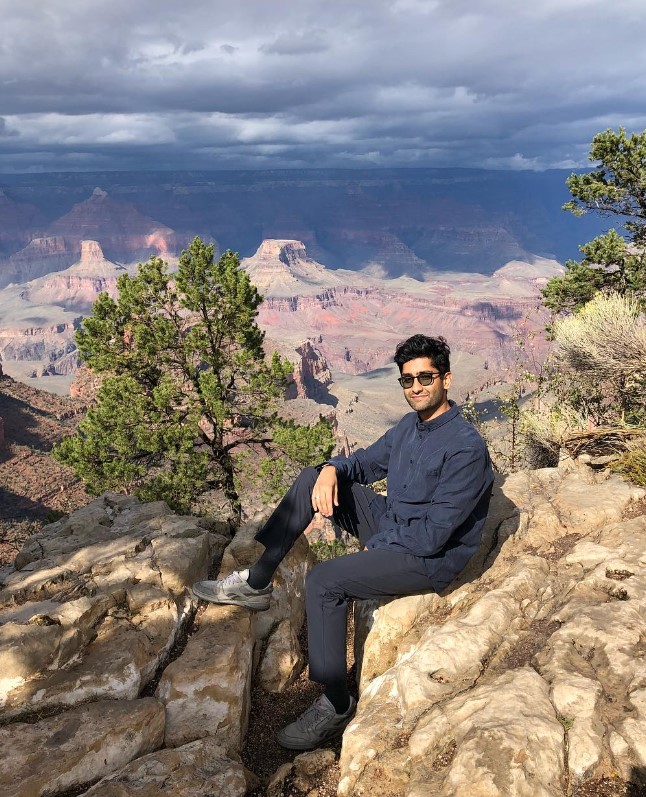 Sunny Bhathela[/caption]
Sunny Bhathela[/caption]
 The Wander On cane and walker prototypes[/caption]
The Wander On cane and walker prototypes[/caption]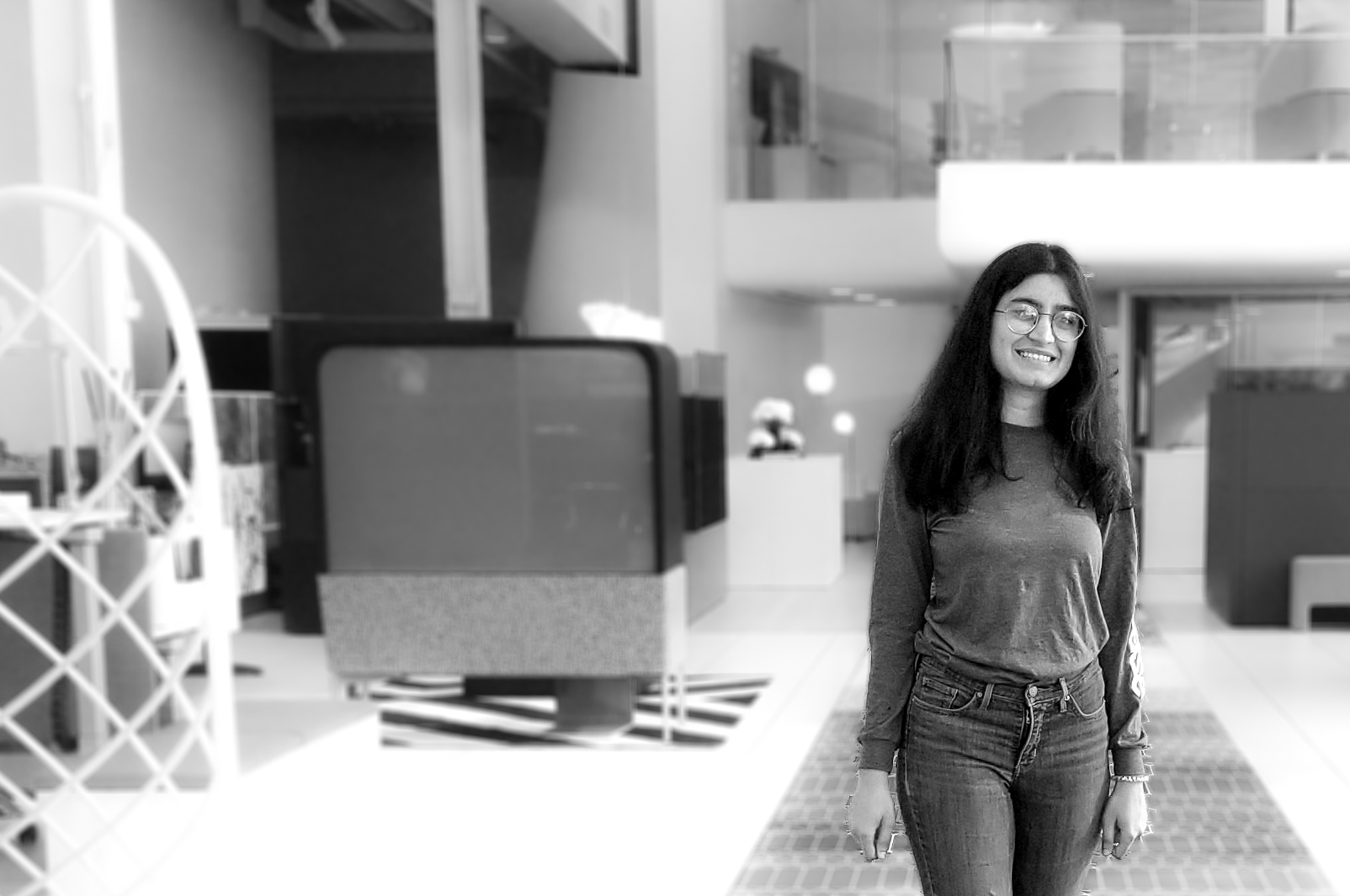
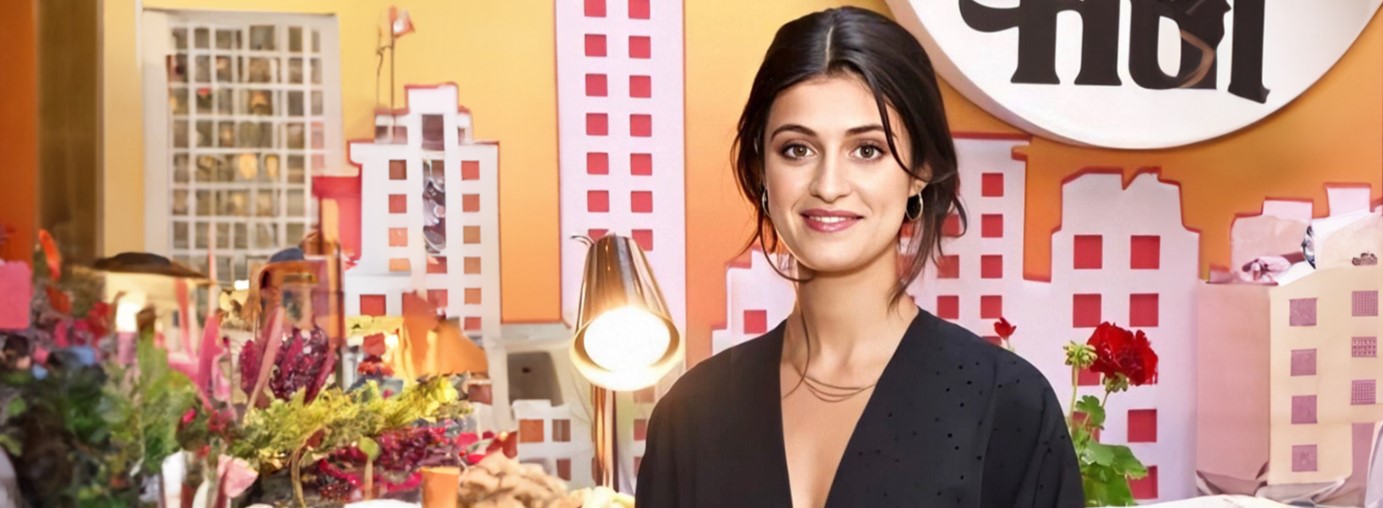
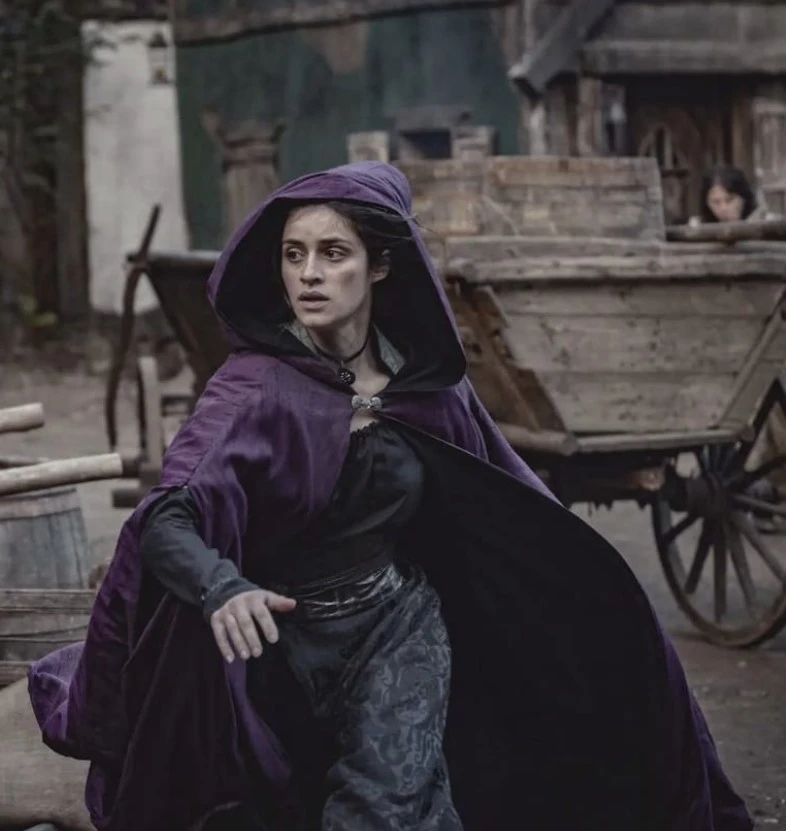 Anya Chalotra in Netflix series, 'The Witchers'[/caption]
Anya Chalotra in Netflix series, 'The Witchers'[/caption]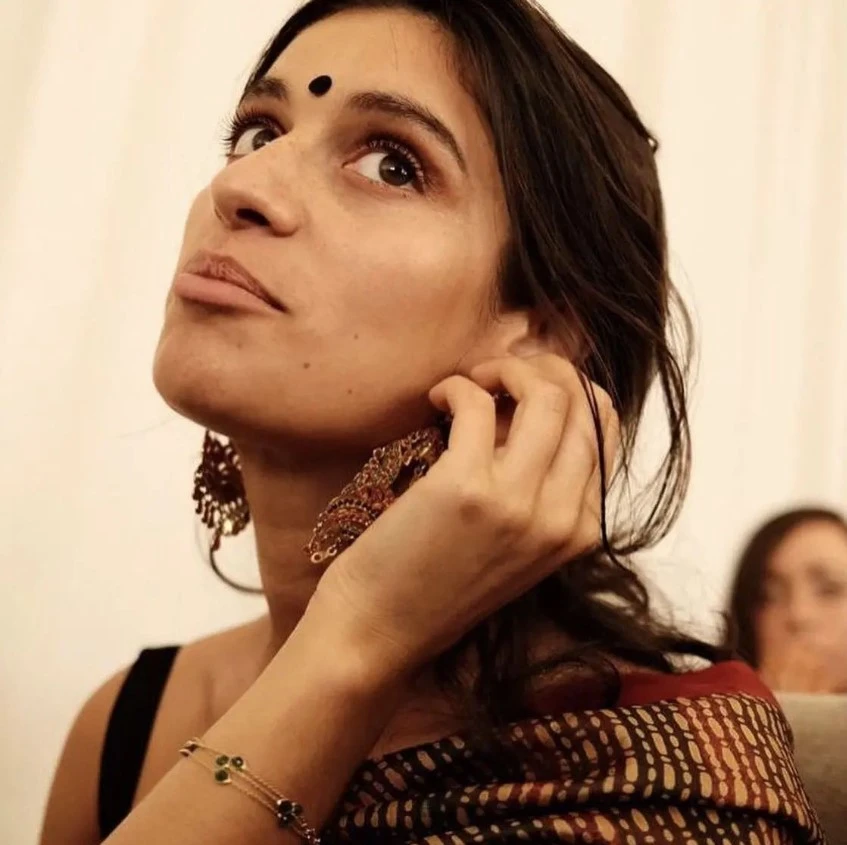
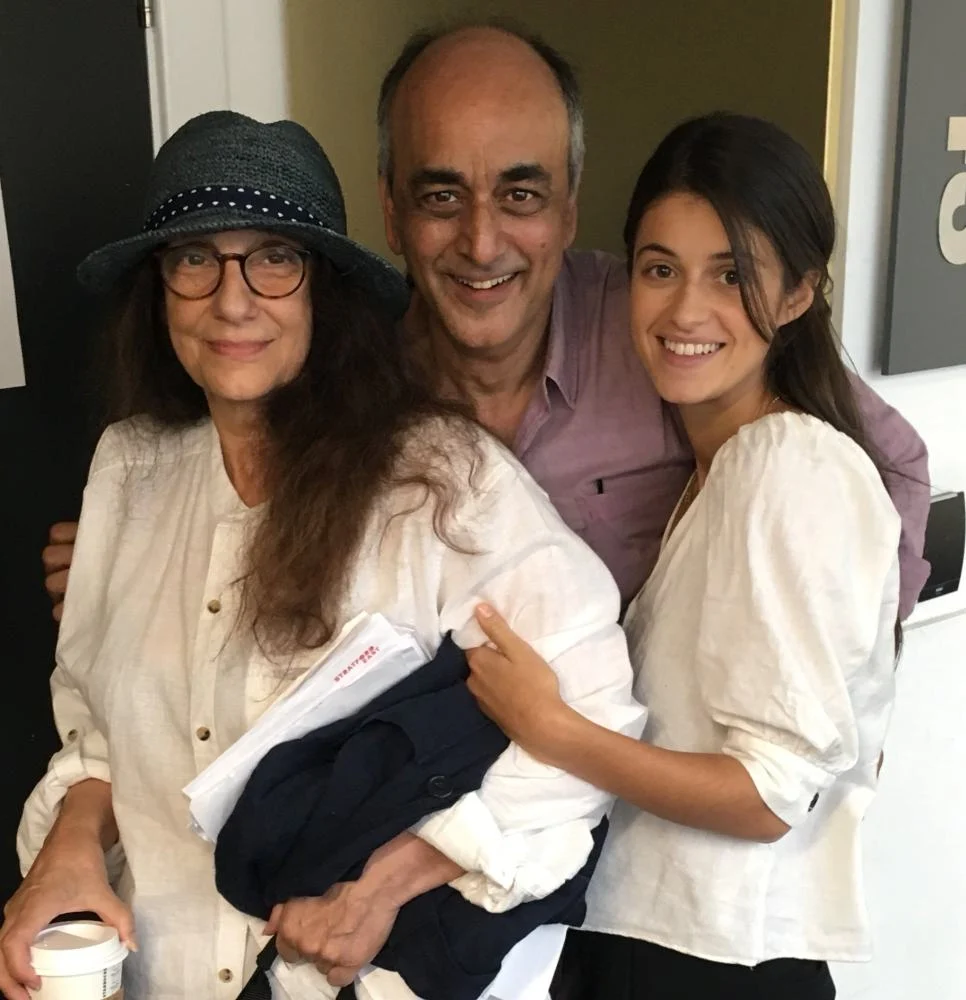 Anya with her parents[/caption]
Anya with her parents[/caption]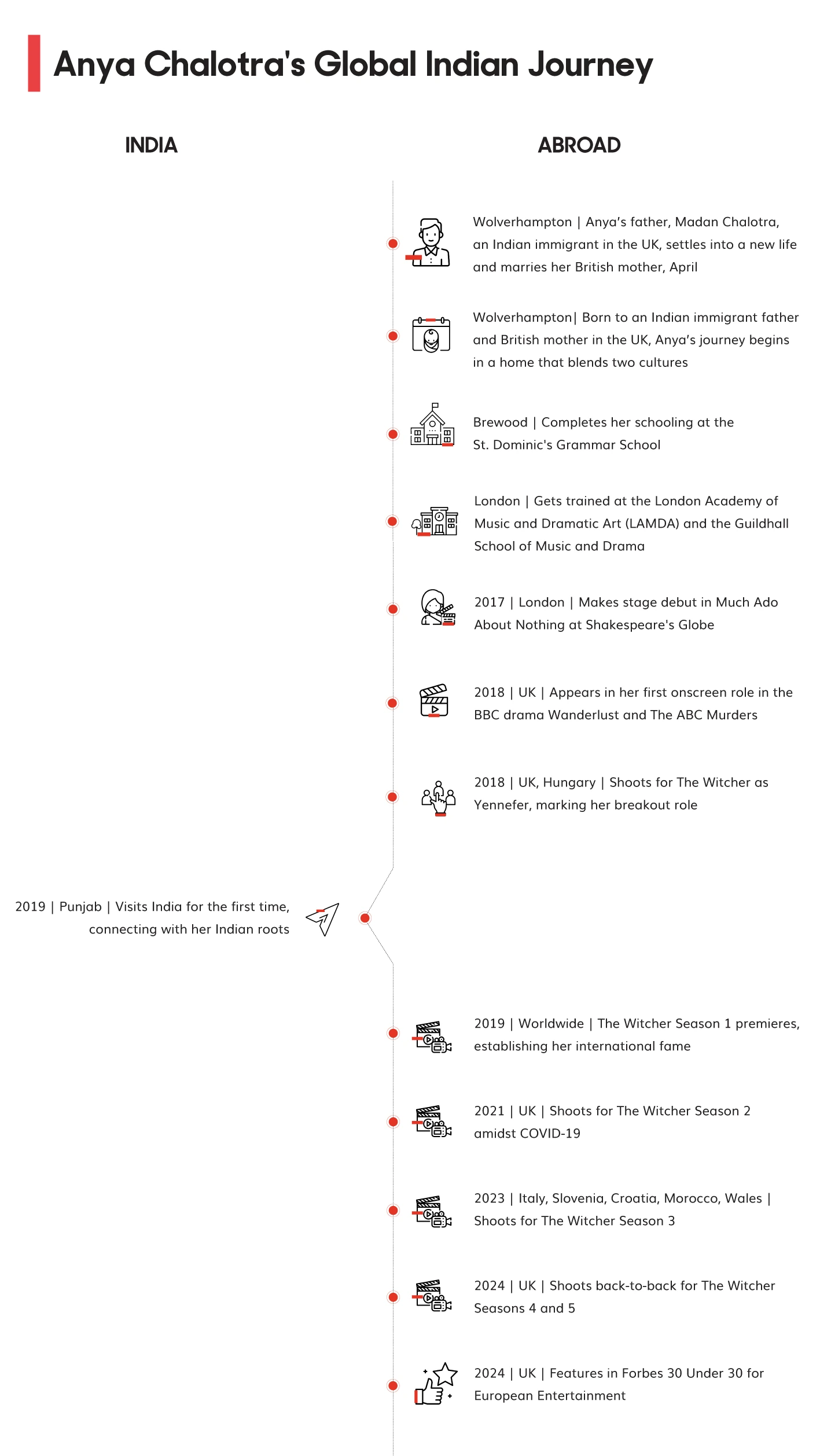
 Anya during one of her shoots[/caption]
Anya during one of her shoots[/caption]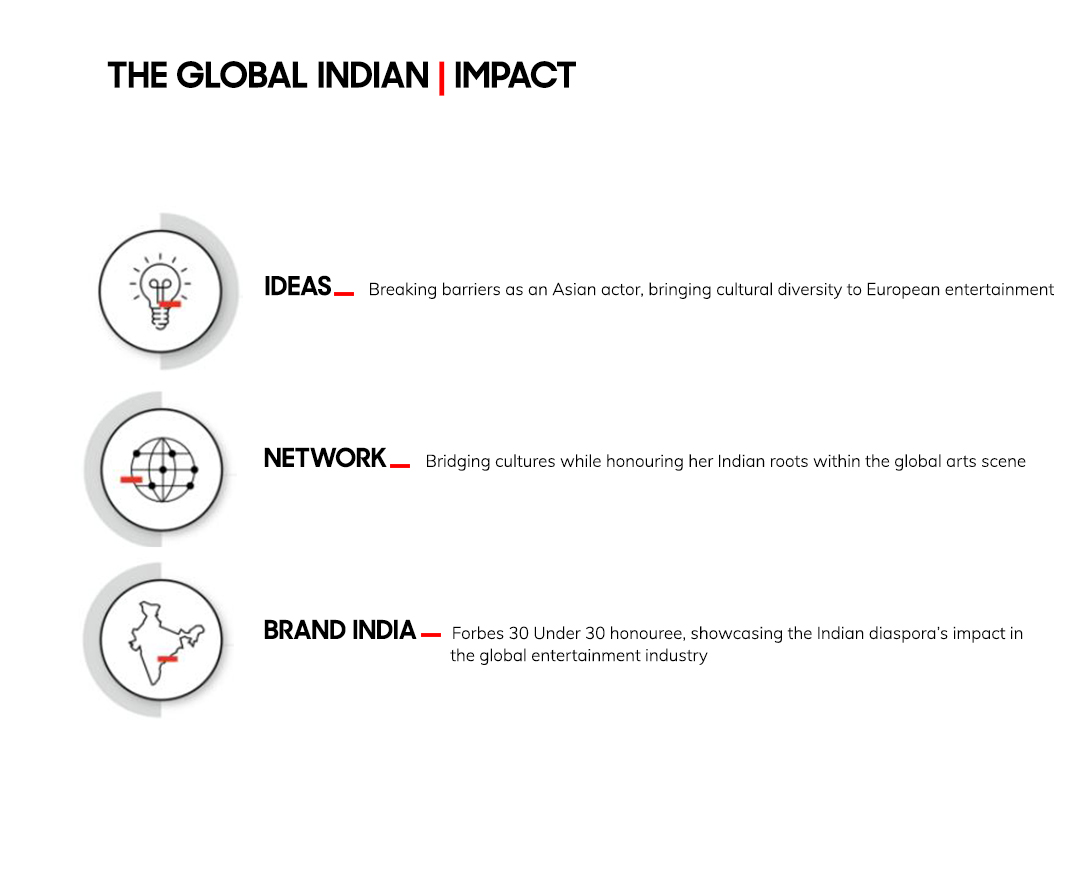
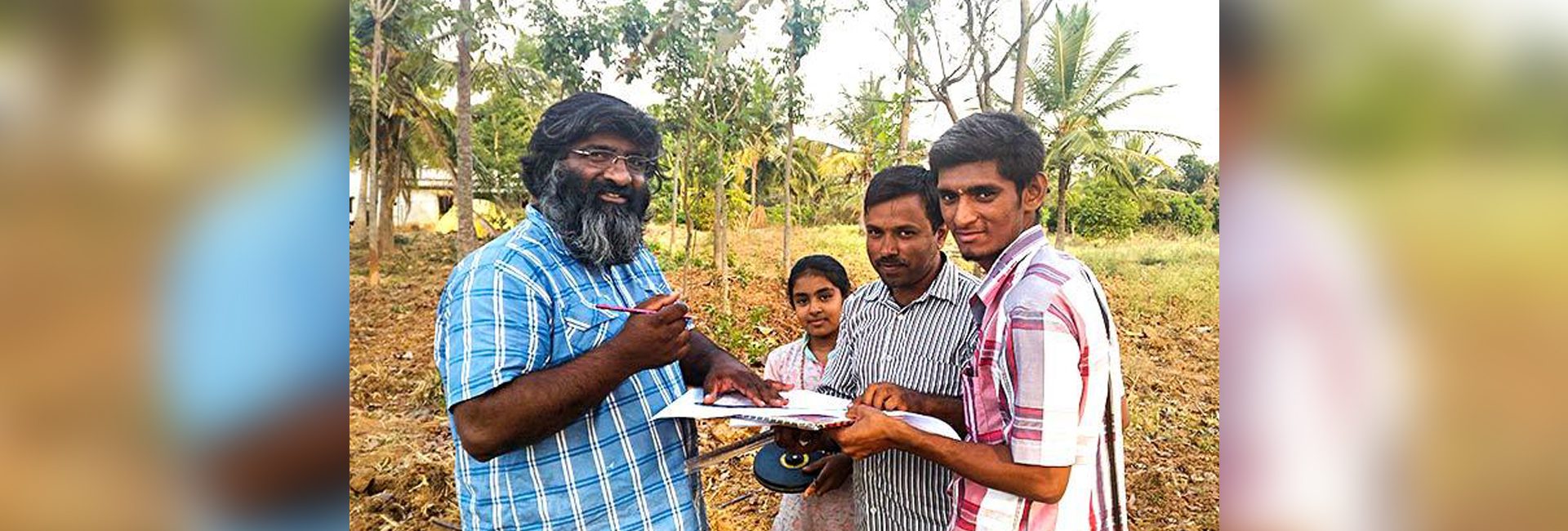
 Akshayakalpa farm[/caption]
Akshayakalpa farm[/caption]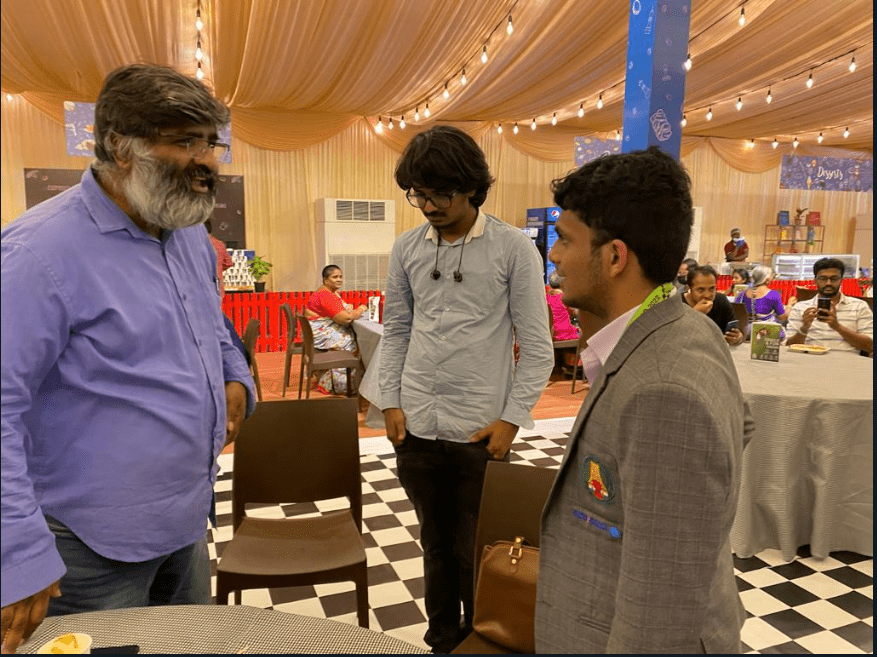 Shashi Kumar with Grandmaster Nihal Sarin[/caption]
Shashi Kumar with Grandmaster Nihal Sarin[/caption]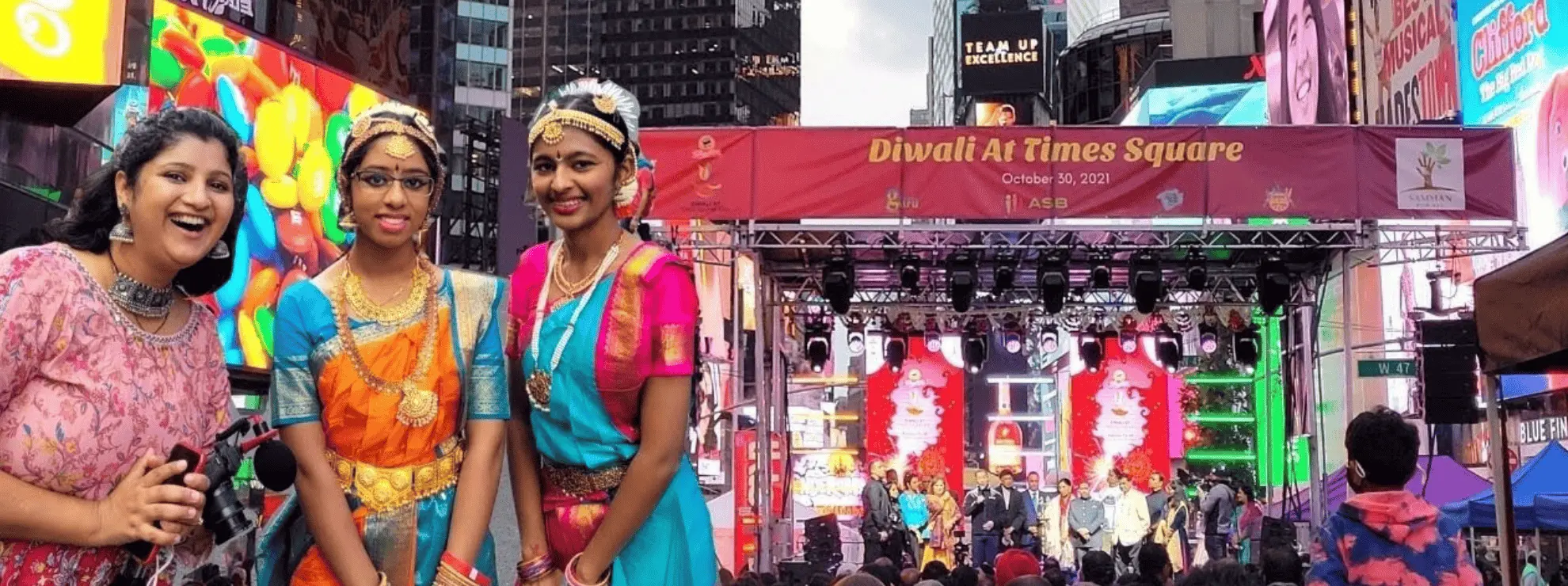
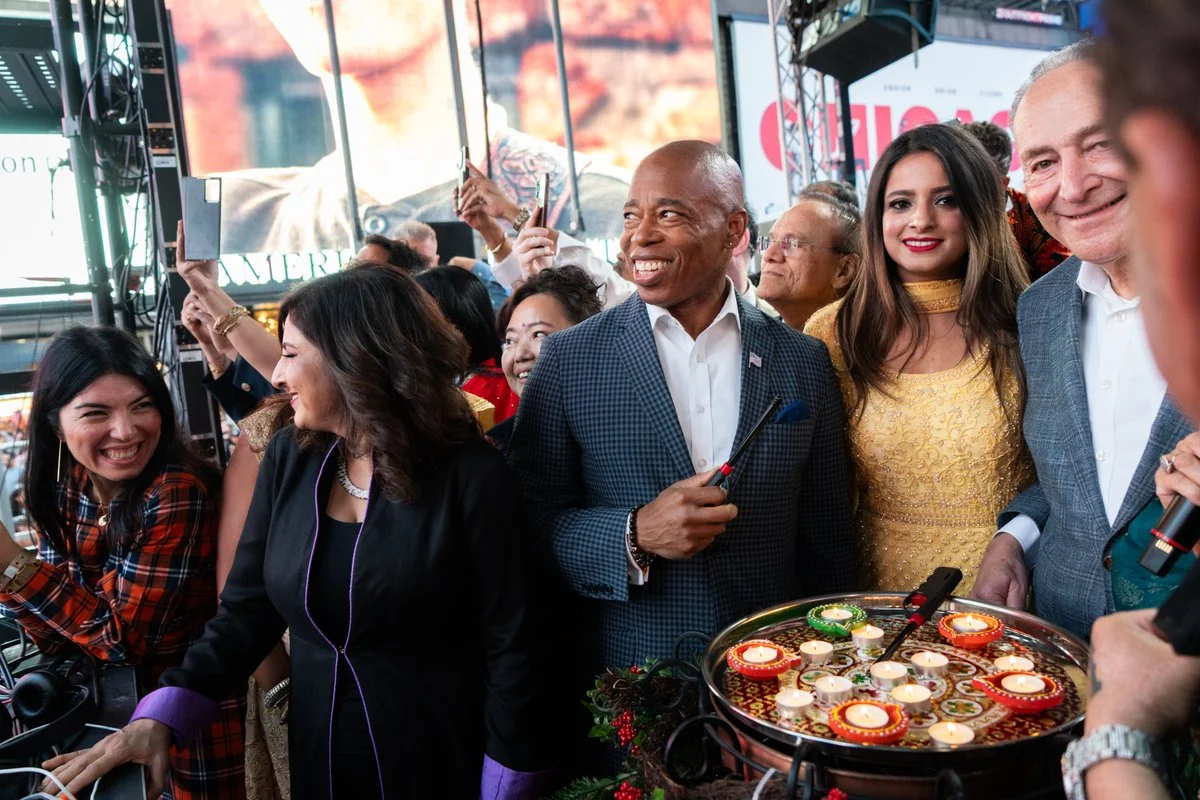 New York Mayor Eric Adams celebrates Diwali with the Indian community[/caption]
New York Mayor Eric Adams celebrates Diwali with the Indian community[/caption]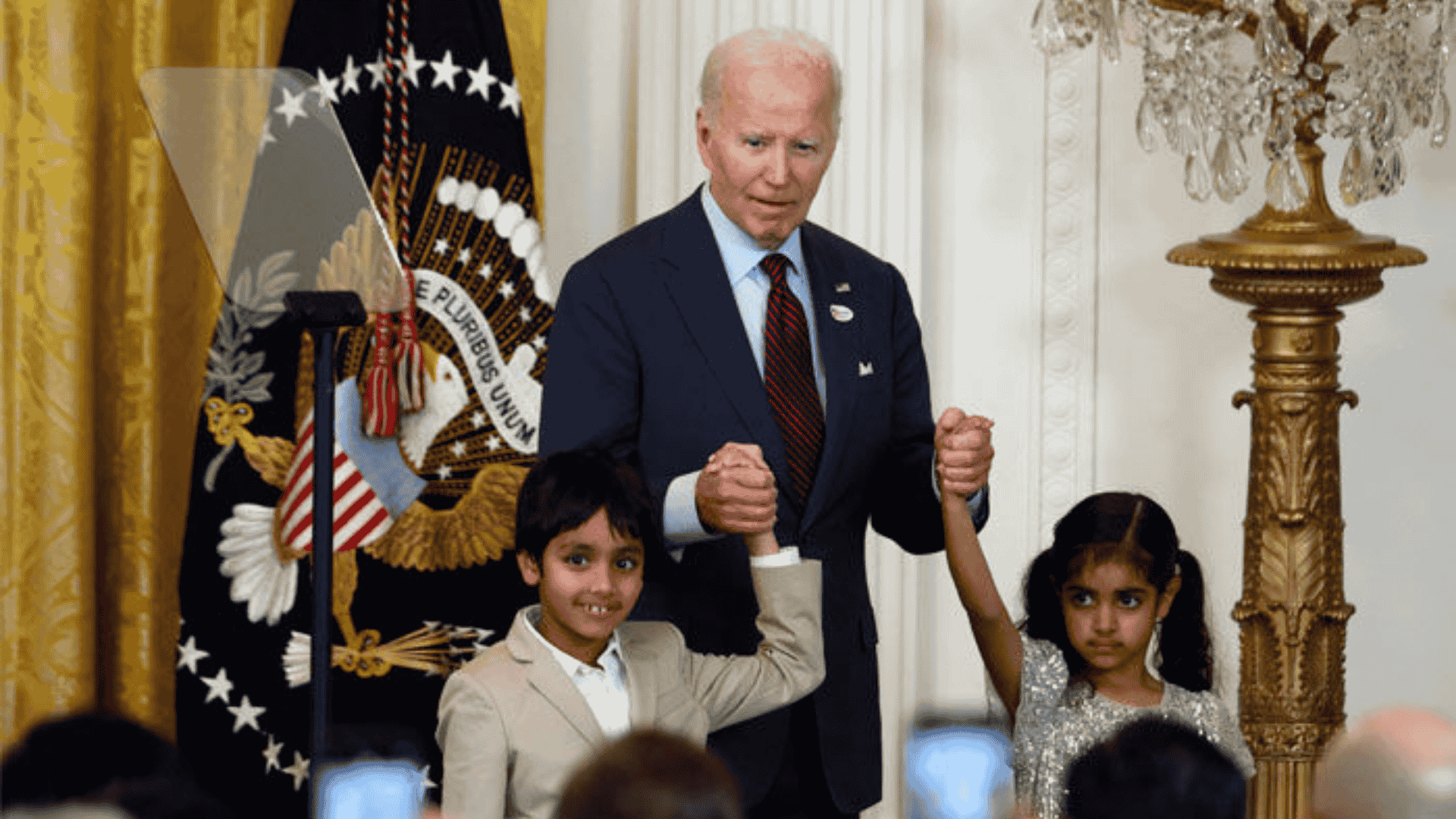 Diwali at the White House[/caption]
Diwali at the White House[/caption]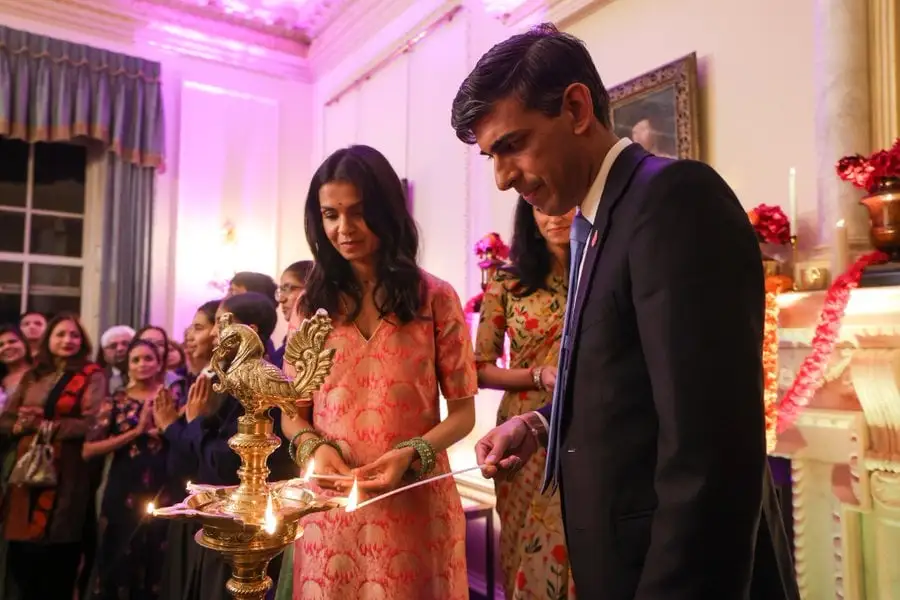 Diwali in 10 Downing Street, with former PM Rishi Sunak[/caption]
Diwali in 10 Downing Street, with former PM Rishi Sunak[/caption] Diwali in Leicester, UK[/caption]
Diwali in Leicester, UK[/caption] Diwali in Dubai[/caption]
Diwali in Dubai[/caption]